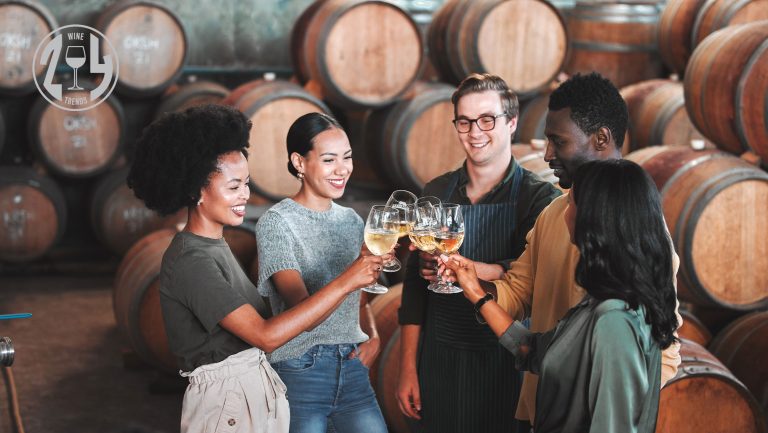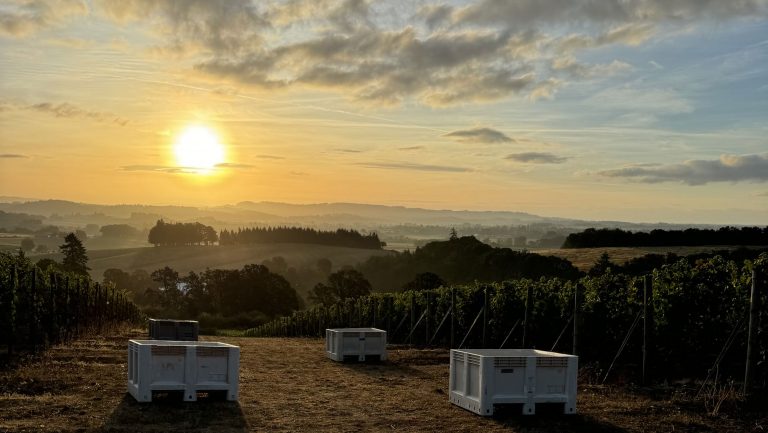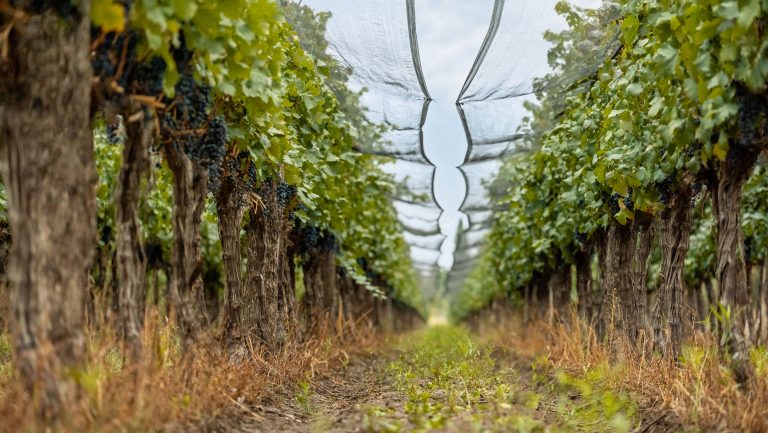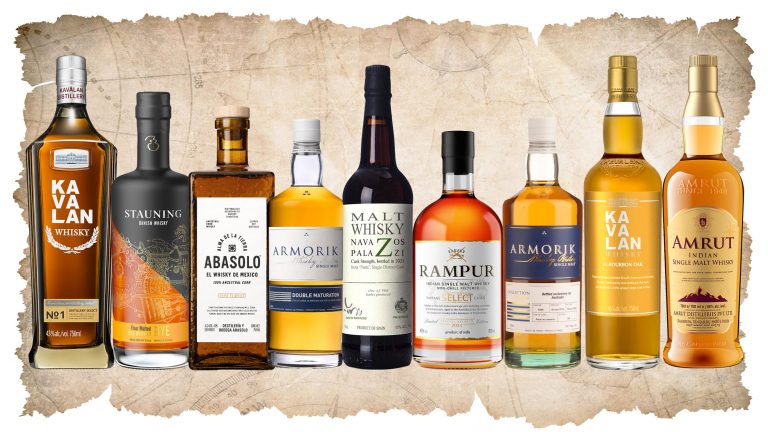Inflation, declining sales, labor shortages, climate crises—the wine world had plenty of stress in 2023. But there are also reasons for hope. As eco-minded winemakers push more earth-friendly practices and a new generation puts its stamp on ways of making and enjoying wine, creativity and expansion are on the horizon—if we’re willing to think outside of established boxes. Here’s what to look forward to in 2024.
1. Regenerative Viticulture Is the New Global Sustainability Standard
Four years ago, when Maison Mirabeau’s Stephen Cronk bought a vineyard, its soil was so degraded from conventional agriculture that he couldn’t repair it by farming organically. Then he read about Mimi Casteel, the owner of Oregon’s Hope Well Wine. Using a set of principles called regenerative agriculture—improving soil and water health, increasing biodiversity, integrating livestock, eliminating chemicals, and more—Casteel had created a diverse ecosystem capable of sequestering carbon while yielding great wines. “She was working with nature, not against it,” says Cronk.
Today, Casteel and Cronk are the cofounders of the Regenerative Viticulture Foundation (RVF), a new “hub to accelerate understanding of the science behind regenerative agriculture,” as Cronk describes it, supported by big players—Jackson Family Wines, Möet Hennessy, and Famille Perrin. Theirs is not the only such effort. In 2021, Spain’s Familia Torres, among others, formed the Regenerative Viticulture Association, now with 100-plus members across nine countries. It partnered with the RVF in 2023 on a certification program, which follows the U.S.-led Regenerative Organic Certified (ROC) program, launched by Patagonia and the Rodale Institute as part of the Regenerative Organic Alliance (ROA). Porto Protocol, International Wineries for Climate Action, and other organizations have also taken up regenerative principles. It is a sea change for viticulture.

Don’t miss the latest drinks industry news and insights. Sign up for our award-winning newsletters and get insider intel, resources, and trends delivered to your inbox every week.
“Regenerative farming is spreading faster than we’d hoped,” says Jason Haas of Tablas Creek, the first ROC-certified winery. “The ROA just announced that there are a million acres under ROC certification worldwide. It’s mostly been biodynamically farmed wineries who’ve jumped in, but it has potential to be more widely adopted. It’s applying cutting-edge science on soil health, which helps address the critique that biodynamics is unscientific.”
Given all the buzz, there is a danger of what Porto Protocol’s Marta Mendonca calls “regenawashing.” But third-party verification “allows for higher transparency and accountability,” says Joseph Brinkley, the director of regenerative agriculture at ROC-certified Bonterra.
With that assurance, “it’s going to be part of how progressive retailers look at sustainability, and might be built into procurement policies,” says Tom Owtram, the operations and partnerships manager at Sustainable Wine Roundtable (SWR). “It’s going to be the year for regenerative viticulture in 2024.”
2. Labor Comes into Focus—Because It Must
The motivation for converting Bonterra from biodynamics was ROC’s social component. “For the longest time the conversation has been, ‘how can we farm without exploiting the soil?’ The labor part was left out,” says Brinkley. “It misses the mark to think we can create certifications that don’t consider the well-being of farm workers, but still impact the food system.”
A living wage, fair working conditions, a grievance process—wineries benefit from ensuring them. Weekly farmworker feedback sessions enacted as part of Tablas Creek’s certification have led to more efficient workflow and less equipment breakage. “The living wage has meant that we’re able to staff up whenever we need,” says Haas.

That’s crucial in an industry where 45 percent of businesses struggle to find workers. Labor abuse and shortages go hand in hand, as workers refuse low-paying, onerous jobs, and desperate estates turn to unscrupled subcontractors. With all this surfacing in the past year, the conversation is now focusing on solutions.
Following convictions in Bordeaux and investigations in Champagne over human trafficking by subcontractors, and the death of five workers, the Comité Champagne formed a working group to recommend fair standards for seasonal workers. After an Oxfam report found abuse in the Italian wine industry, Sweden, Norway, and Finland’s state monopolies sponsored a 2023 SWR series on labor issues and human rights. Now the SWR is developing guidance on best labor practices. “Retailers want to see it addressed by suppliers,” says Owtram.
3. Consolidation—and Cooperation—Reshape the Industry
“During COVID, selling wine was easy because people demanded escapism,” says Massican Wines’ founder and winemaker Dan Petroski. Post-pandemic sales have declined, and production costs are higher. That’s led to consolidations, as larger players scoop up cash-strapped mid-sized ones. In the first half of 2023, the industry saw 11 major deals. The second half brought Duckhorn’s $400 million purchase of Sonoma-Cutrer, Treasury Wine Estates’ acquisition of Daou for up to $1 billion, and Gallo’s buy of Rombauer and Massican.
With its massive logistics operations, Gallo will allow Petroski to focus on Massican’s affordability and accessibility, and Petroski predicts more such deals in 2024.
Paul Tincknell, a partner at the marketing consultancy Tincknell & Tincknell, Inc., agrees. Global production is at its lowest in six decades. “I expect to read about mergers and acquisitions that consolidate buying power into fewer corporations, which distorts grape and bulk wine prices, forcing vineyard sales and closures.”
It’s even worse in distribution. “Multi-state distributors continue to merge with others and expand market share. Combined with big producers, who favor the reach of big distributors, this chokes off access for mid-sized wineries and shuts the door on smaller wineries,” Tincknell explains.

The Treasury Department issued a 2022 report with recommendations for government agencies to discourage industry monopolization.
Collaborations also suggest a way forward. Jahdé Marley, the founder of [ABV] Ferments and distributor of the By the Hand portfolio, points to Vermont, where Shelburne Vineyard, Eden Specialty Ciders, and Iapetus Wines have merged. “It’s not a big dog coming in, but small businesses banding together for efficiency,” she says.
Custom crush facilities are becoming more cooperative, too, focusing on underserved populations, such as AVP Wine Collective in Oregon or Virginia’s Common Wealth Crush.
4. Co-Fermentation Becomes Increasingly Common
Marley is incubating a Petit Manseng–pawpaw co-ferment at Common Wealth Crush. It will be among a growing number of co-fermented wines. These are not traditional vinifera co-ferments, nor are they the fruit wines that regional producers have long made for sweet palates. They’re serious experiments in diversification by a young, eclectic generation of winemakers not beholden to vinifera. In Sonoma, Buddy Buddy’s Not My Circus is a Gravenstein apple and Orange Muscat sparkling. In Virginia, Lightwell Survey co-ferments apples with the hybrid grapes Chambourcin and Vidal Blanc. Vermont’s Fable Farm Fermentory co-ferments many ingredients for bottles such as Cuvée Viticole, a fizzy wine of apples, raw honey, maple sap, La Crescent grapes, chagga, sumac, and schisandra berries.
Wine pros are claiming co-ferments as expressions of non-European and non-mainstream traditions. Marley notes the cashew wine, mauby, and other fermented drinks of her Jamaican ancestry. Darwin Oniyx Acosta, who will make their own wine through the Common Wealth incubator in 2024, named their queer wine events platform Co-Fermented to express its non-binary nature. Julianny Gómez, the cofounder of the natural wine club Preshift!, points out that the new co-ferments “harken back to traditions of Black winemakers, where ancestors made wine with fruit, like plum wine.” As a sommelier of Dominican descent, she notes that these acid-driven wines “cater to BIPOC culinary traditions, complementing spices and cutting through fattier cooking.”
They also offer an avenue to new consumers. “We’re seeing more shops and bars carry co-ferments,” observes Reggie Leonard, the founder of Virginia-based wine club Oenoverse. “Co-ferments seem fun, un-serious, and an on-ramp you can enjoy without a background in wine.”

For winemakers, co-fermentation also presents a solution to climate challenges. When frost damaged Willamette Valley vineyards in 2022, Lois and Dave Cho padded out production with apples, adding the juice of seven heritage varieties to Pinot and Chardonnay skins for a force-carbonated sparkling at CHO Wines. Now they’re planning apples, pears, maybe blackberries along with vines on land they just purchased. “Oregon is a place where all these grow well, so it’s sustainable and smart,” says Lois.
5. The East Coast Makes an Ever Bigger Splash
Much of the energy around co-fermentation and other trends is coming from the East Coast. “Some influential East Coast voices have come around to looking in their backyards,” says Marley.
In Virginia, vineyard acreage grew from under 3,000 in 2012 to over 5,000 in 2022. “It’s a big state with many microclimates,” says Annette Boyd, the marketing director for Virginia Wine Board. Viognier, Cabernet Franc, Petit Verdot; hybrids like Norton and Traminette—“There’s a lot of experimentation and excitement for tasting what grows where.” With cult winemakers like Ben and Tim Jordan, the cofounders of Common Wealth Crush, luring younger professionals, Leonard compares Virginia’s scene to the Harlem Renaissance, “where people moved close to each other to cultivate that emergence.”
A similar phenomenon is unfolding in Vermont, where Deirdre Heekin, the founder of La Garagista, has inspired a new generation. “Before her, everyone said it couldn’t be done. Now interest for this region has grown exponentially,” says Kathline Chery, Kalchē’s director of production.
New wineries are operating in Maine, New Hampshire, Pennsylvania, and in New Jersey, where wine had a $4.69 billion impact in 2022. Humidity and a hurricane season that coincides with harvest are challenges, but the biggest problem, is “getting people to take us seriously,” says Dustin Tarpine of New Jersey’s Cedar Rose Vineyards and the management company Vinetech.
East Coast wine pros are helping. “When I started 10 years ago, no one considered drinking this stuff,” says Frank Kinyon, the wine director at A.kitchen + A.bar in Philadelphia. “There’s a lot of movement now, and a focus on hybrids, which are more sustainable. We sell them by saying you can think of them as the future of wine.”
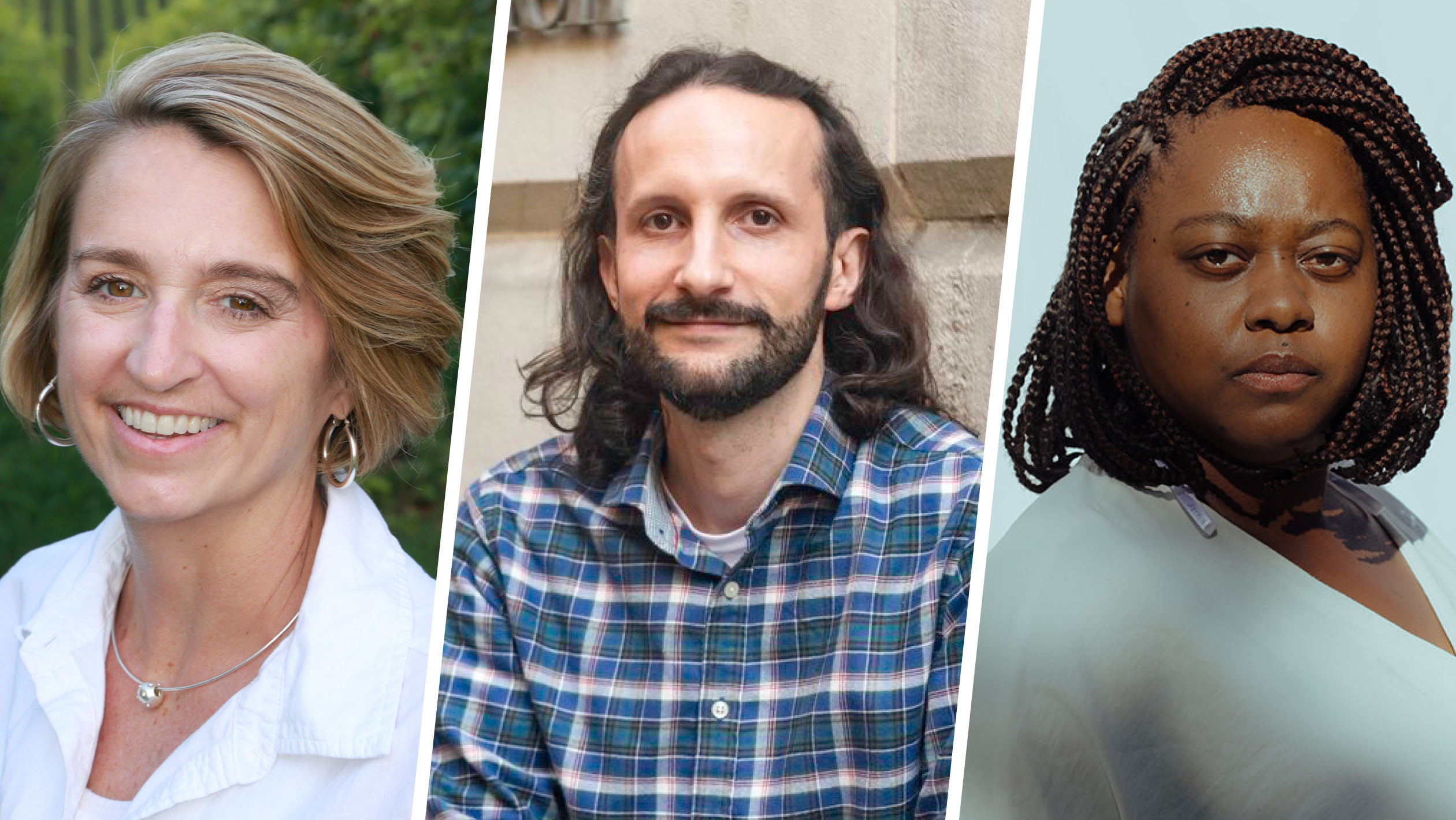
6. Grassroots Efforts Push Diversity and Inclusion Forward
Diversity in the wines reflects the growing diversity of professionals and drinkers. Top-down efforts that launched in the wake of George Floyd’s murder are increasing their reach, but the bulk of the work is at the grassroots. BIPOC-led wine clubs are thriving. Leonard and cofounder Tracy Love structured Oenoverse to “invite traditionally underrepresented folks to experience Virginia wine,” explains Leonard. He takes optimism from the shift to social and self-published wine media. “There are a lot more voices. I would categorize the moment we’re in as distributed trust. We’re not locked into just titans of industry. There are new mediums that are viable sources for solid information.”
Much of the grassroots effort for 2024 will be consumer-facing. Onyeka Obiocha will seek more partnerships with clothing brands, breweries, and other lifestyle companies for his natural wine social club Palm Wine, which he’s activated in Paris, Barcelona, Montreal, and his hometown of New Haven, Connecticut. “I want to do an event in every Ace Hotel,” he says. “The future of the wine world is young and diverse.”
With pop-ups attracting 400 people, Gómez and cofounder Dante Clark are partnering with musicians and DJs in 2024 and long-term planning a brick-and-mortar wine bar and BIPOC-leaning wine festivals. “Our organization and others, like Co-Fermented and [ABV] Ferments, bring new energy,” says Gómez. “We are highlighting low-intervention wines, cool labels, and winemakers that challenge the establishment, and we’re not so hardlined about education. We’re focusing on joy.”
There is more work to do to change the industry itself. Only one percent of U.S. wineries are Black-owned, and winemakers that break the traditional mold can have a hard time making connections. “DTC people love that the wines are good with an inspiring story behind them, but in the B2B world, it’s difficult to be taken seriously,” says Naidu Wines’ Raghni Naidu, the first Indian immigrant woman winery owner in the U.S. Given demographic shifts, the rest of the wine world would be wise to welcome a broader range of consumers. “Maybe the industry isn’t ready,” says Naidu, “but the rest of America is.”

Dispatch
Sign up for our award-winning newsletter
Don’t miss the latest drinks industry news and insights—delivered to your inbox every week.
Betsy Andrews is an award-winning journalist and poet. Her latest book is Crowded. Her writing can be found at betsyandrews.contently.com.


